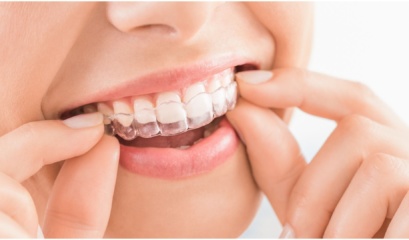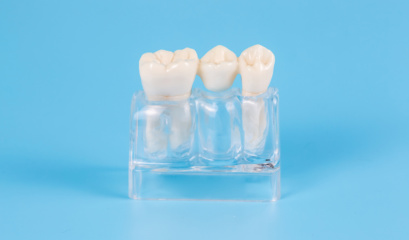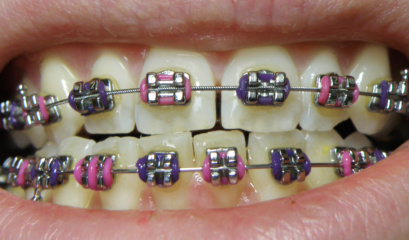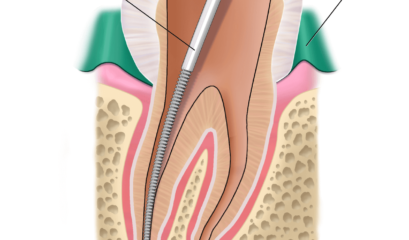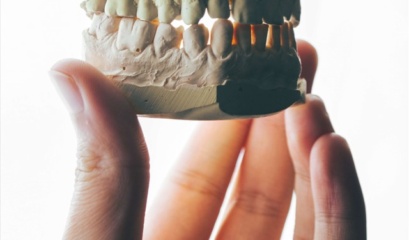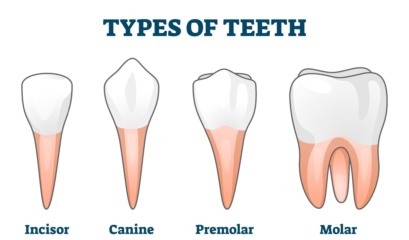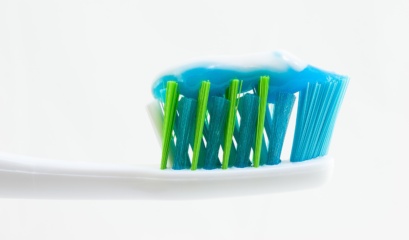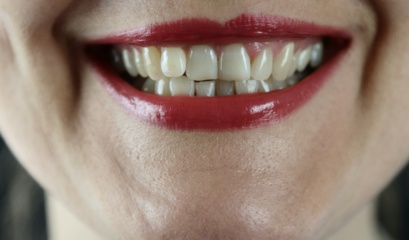Are you wondering what a cavity looks like? Well we’re here to help! This article covers exactly what a cavity looks like, and the dangers if you don’t recognise one soon enough.
A cavity, as unassuming as it may sound, plays a significant role in our oral health. Yet, not everyone could point one out in a lineup. This common but pesky concern is one that dentists come across quite often. While most people have heard of the term “cavity”, knowing what a cavity looks like, the causes behind it, and how to prevent future cavities are all essential steps in keeping your oral health on the right track.
What is a Cavity?
A cavity, in its most basic terms, is a small hole that develops in your teeth due to decay. It’s like an unwelcome guest that chips away at your tooth’s structure, often causing discomfort and sometimes pain.
But what causes cavities? It’s a combination of several factors, including the bacteria in your mouth, frequent snacking, sipping sugary drinks, and not taking proper care of your teeth.
Everytime you eat or drink, the bacteria in your mouth produce an acid which can start to eat away at your tooth enamel, the hard, protective outer layer of your teeth. As time passes, the acid attack leads to tooth decay, causing small holes or openings in the enamel. These little openings are the first stage of cavities. If left unchecked, they can get larger and affect deeper layers of your teeth, leading to severe toothache, infection, and even tooth loss.
What Do Cavities Look Like?

Unfortunately a cavity doesn’t have a fixed look. It can change its appearance based on where it’s located and how severe it is. However, there are some common signs you can watch out for. A cavity often appears as a small dark spot on your tooth. This spot can range from a light brown colour to a dark black, and it might even have a slight pit or hole in it.
A cavity’s appearance can depend on its location.
Cavity on the Side of a Tooth
This type of cavity is often the result of dental plaque accumulation on the side of your tooth. You might notice a grey, brown, or black spot that doesn’t go away even after brushing.
Cavity on the Front Tooth
A cavity on the front tooth can be more noticeable. You might see a white or brown spot that doesn’t go away with brushing. Because these cavities are visible when you talk or smile, it’s important to seek dental care as soon as you notice these changes.
Cavity Between Teeth
These cavities, known as interproximal cavities, can be tricky to spot without a dental X-ray. They occur when dental plaque accumulates between your teeth. Regular flossing can help prevent these cavities.
Remember, each tooth is unique, and so is each cavity. What you’re looking for is any change in the normal colour or texture of your teeth. But keep in mind that not all cavities are visible to the naked eye, especially in the early stages. That’s why it’s important to maintain regular dental check-ups.
How Do You Know if You Have a Cavity?
A change in the colour or texture of your tooth can be a sign of a cavity, but sometimes, cavities are not so apparent. They might be hiding away, biding their time, and waiting to cause discomfort. Here are some signs and symptoms that might indicate the presence of a cavity, even if you can’t see it:
- Toothache: This is a common symptom of a cavity. The toothache could be spontaneous, without any apparent cause, or it could occur when you’re eating or drinking something.
- Sensitivity: You might experience tooth sensitivity, which is a sharp, sudden pain when eating or drinking something hot, cold, or sweet.
- Visible holes or pits in your teeth: If you see a small hole or pit, that could very well be a cavity.
- Pain when biting down: If it hurts when you bite down or put pressure on a particular tooth, it could be a sign of a cavity.
“Do cavities hurt?” The answer is, not always. Cavities often don’t cause pain until they have grown larger and are affecting the deeper layers of your teeth. That’s why it’s essential to get regular dental check-ups, as your dentist can spot cavities when they’re still small and easier to treat.
Getting Rid of Cavities
So, you’ve found out you have a cavity. What’s the next step? Here are some of your options:
- Fillings: This is the most common method to treat a cavity. We clean the decayed part of the tooth and fill the hole with a material such as composite resin, porcelain, or an amalgam. It’s like patching up a hole in the wall—it blocks the way for any further decay and restores the function of the tooth.
- Crowns: For more extensive decay or weak teeth, you may need a dental crown. This involves removing the decayed or weakened part of the tooth and covering the rest of it with a crown, which is custom-made to fit your tooth and match your other teeth.
- Root Canal Treatment: If the decay has reached the inner pulp of the tooth, a root canal may be the best option. We remove the damaged nerve and pulp, clean the inside of the tooth, and seal it. It’s a way of saving your tooth and preventing further damage or infection.
Getting rid of cavities isn’t a DIY activity – you won’t be able to tackle it with your toothbrush and floss alone. If you suspect you have a cavity, book an appointment with your dentist as soon as possible.
How to Prevent Cavities
Prevention is, once again, better than cure. Here are some effective strategies to keep cavities at bay:
- Brush Regularly: Brush your teeth at least twice a day with a fluoride toothpaste. Fluoride is a superstar when it comes to fighting cavities—it strengthens your tooth enamel, making it more resistant to the acid attacks that can cause cavities.
- Floss Daily: Flossing helps to remove the pesky plaque and food particles that your toothbrush can’t reach, especially between your teeth where cavities often love to hide.
- Eat a Balanced Diet: Try to limit sugary drinks and snacks. Remember, bacteria in your mouth love sugar—it’s like a feast for them, and the acid they produce after the feast can cause cavities.
- Regular Dental Checkups: Visit your dentist regularly for professional cleanings and oral examinations.
- Consider Dental Sealants: Sealants are a protective coating applied to the chewing surfaces of the back teeth. They act as a barrier, protecting the tooth from plaque and acid.
- Stay Hydrated: Drinking water helps wash away food particles and keeps your saliva levels high. Saliva is your mouth’s natural defence against cavities, as it neutralises acids and helps remineralise your teeth.
These strategies are your daily armour against cavities. Incorporating them into your lifestyle not only helps prevent cavities but also contributes to your overall oral health.
Choose Knight Street Dentists for Cavity Concerns
If you’ve noticed a suspicious spot on your tooth, or are experiencing any of the signs and symptoms of a cavity, book an appointment with us at Knight Street Dentists today! Let’s ensure that your teeth are healthy and your smile remains as radiant as ever. After all, your oral health is our number one priority.







